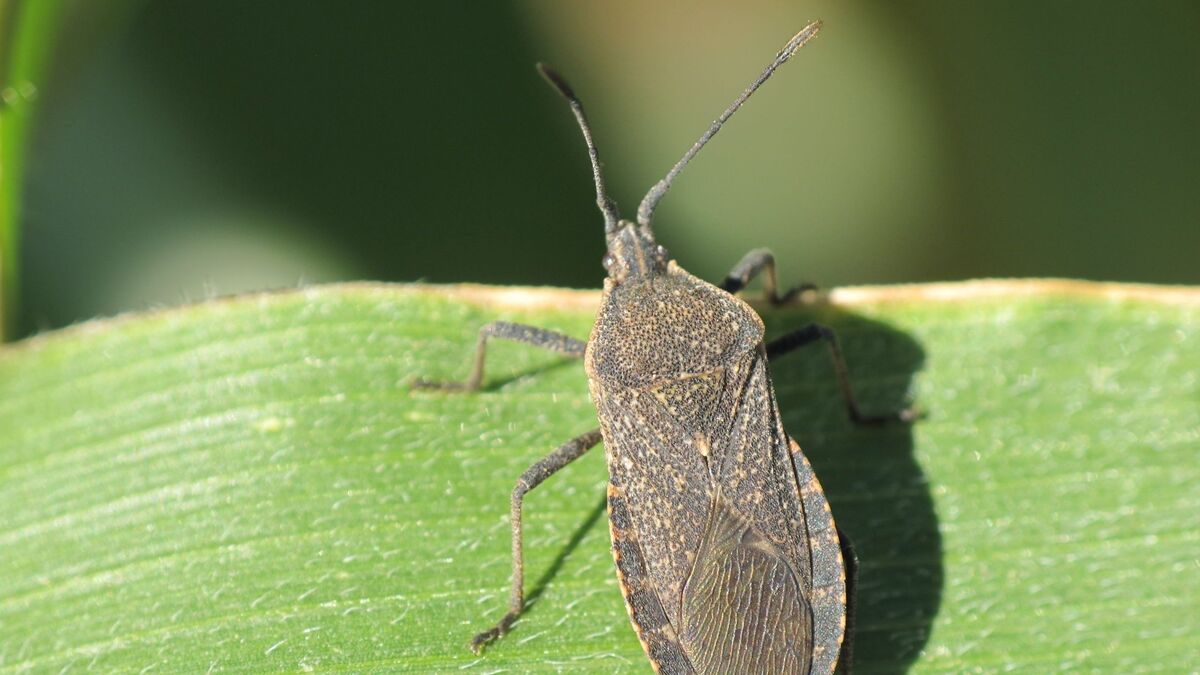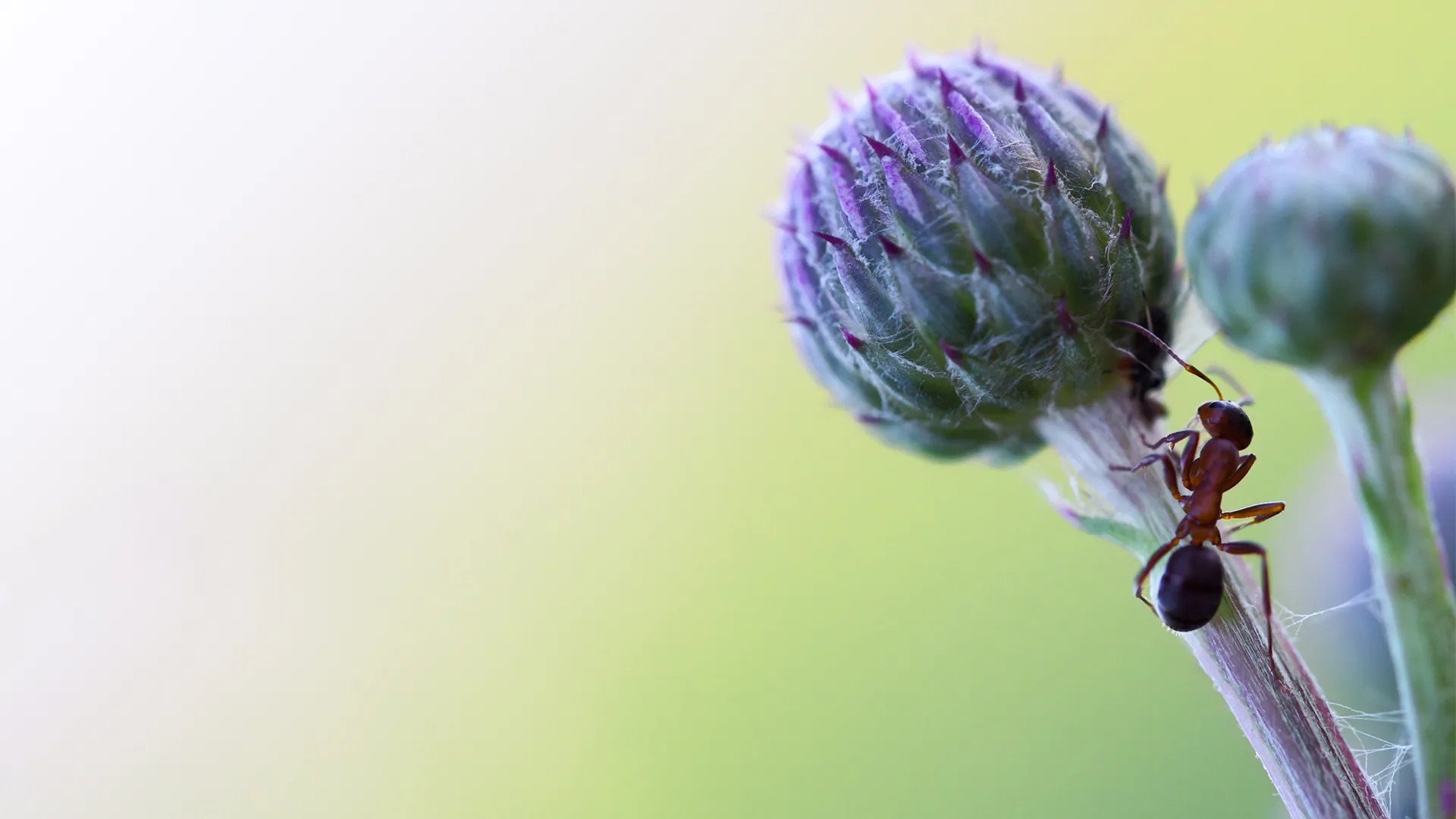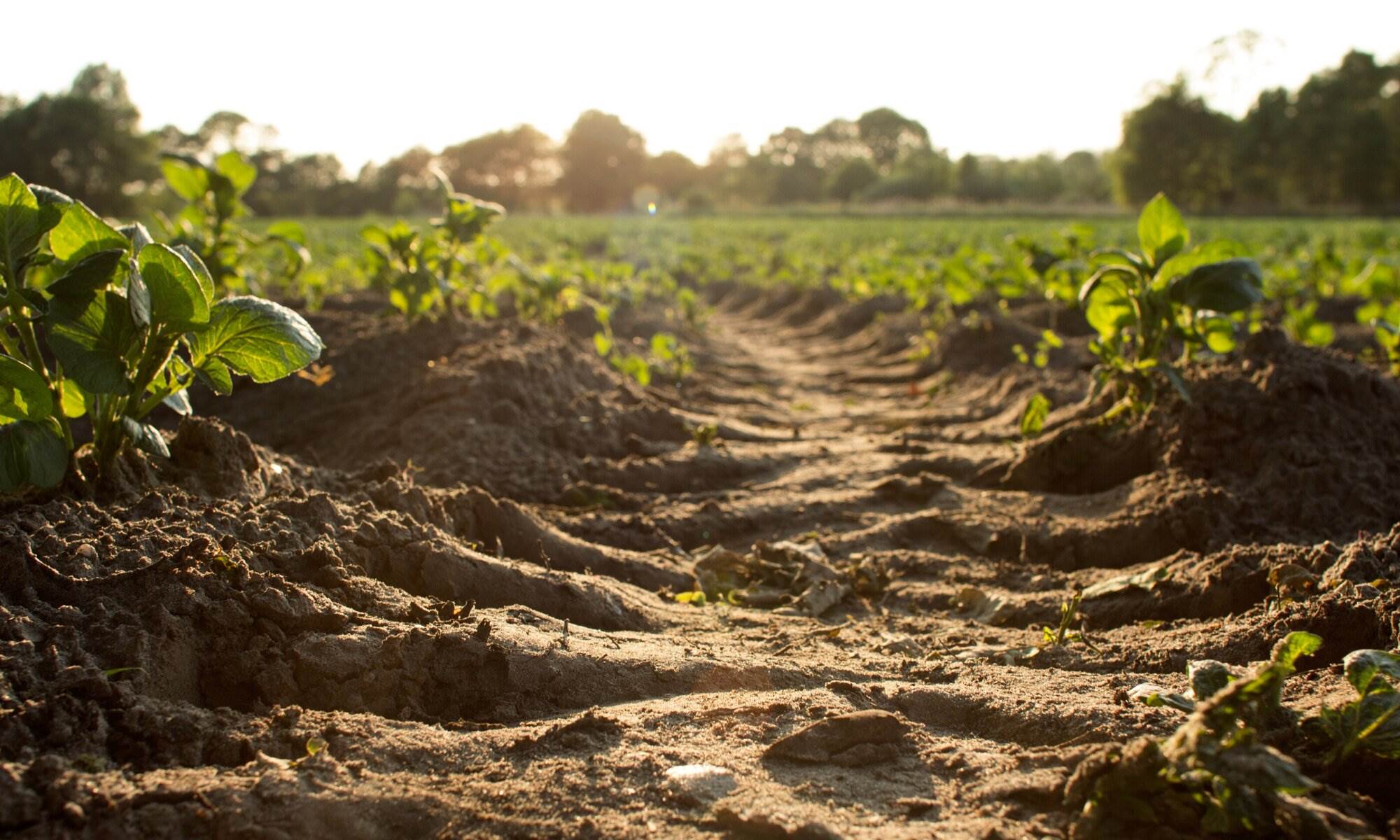Home>Gardening News and Trends>Latest News>Which Country Has The Most Insects


Latest News
Which Country Has The Most Insects
Modified: January 22, 2024
Discover the latest news on which country has the most insects. Explore fascinating facts and intriguing research findings in this comprehensive article.
(Many of the links in this article redirect to a specific reviewed product. Your purchase of these products through affiliate links helps to generate commission for Chicagolandgardening.com, at no extra cost. Learn more)
Table of Contents
Introduction
When it comes to the diversity and abundance of insect life, our planet is full of impressive variations. With an estimated 10 quintillion individual insects on Earth, they play a crucial role in ecosystems by pollinating plants, decomposing organic matter, and serving as a food source for other animals. While insects can be found in every country, some regions have a higher concentration of insect species than others.
In this article, we will explore which country has the most insects based on the latest research and data. By understanding the factors that contribute to high insect populations, we can gain insight into the intricate balance of nature and how these diverse creatures are distributed across the globe.
To determine which country has the most insects, scientists and researchers employ various methodologies. They consider factors such as the total number of insect species, the density of insects per unit area, and the overall biodiversity of the region. Additionally, they take into account the habitats, climates, and available food sources that contribute to the thriving insect populations.
Throughout history, tropical regions have been known for their extraordinary insect diversity. The warm and humid climates of countries like Brazil, Indonesia, and Australia provide ideal conditions for insects to flourish. These areas boast lush rainforests, which serve as a haven for countless species of insects.
However, it is important to note that high insect populations can also be found in other regions. Countries with diverse landscapes, such as the United States, China, and South Africa, may have substantial insect numbers due to their varied ecosystems. Factors like mountain ranges, wetlands, and deserts contribute to the overall insect abundance within these countries.
As we delve deeper into this topic, we will examine the latest research findings to determine the country with the most insects. By understanding the distribution and abundance of these fascinating creatures, we can appreciate the ecological importance of insects and their impact on our planet.
Methodology
Determining which country has the most insects requires a comprehensive and systematic approach. Scientists and researchers employ various methodologies to collect data on insect diversity and abundance. Here are some of the common techniques used:
- Field Surveys: Field surveys involve scientists venturing into different habitats and collecting insect specimens. They use tools such as nets, traps, and light traps to capture a wide range of insects. These surveys provide valuable data on the types of insects present in a specific area and their population densities.
- Biodiversity Inventories: Biodiversity inventories involve compiling comprehensive lists of insect species observed within a particular country. Scientists rely on taxonomic experts to identify and classify the collected specimens. This method provides a baseline understanding of the insect diversity within a given region.
- Remote Sensing: Remote sensing techniques, such as satellite imagery and aerial surveys, play a crucial role in studying insect populations. These methods help researchers analyze vegetation cover, land use patterns, and environmental factors that influence insect habitat suitability.
- Data Analysis: Once the data is collected, researchers utilize statistical analysis methods to quantify insect diversity and abundance. They assess factors such as species richness, evenness, occupancy, and endemism to gain a comprehensive understanding of the insect populations in different countries.
- Citizen Science: Citizen science initiatives involve collaborations between scientists and the general public. These programs encourage individuals to contribute observations of insects in their local areas. By collecting data from a broad geographic range, this approach helps create a more holistic view of insect populations.
It is important to note that determining which country has the most insects is a complex task. Insects are incredibly diverse, and not all species have been discovered and documented. Additionally, factors such as habitat destruction, climate change, and human activities can have a significant impact on insect populations.
By utilizing a combination of field surveys, biodiversity inventories, remote sensing, data analysis, and citizen science, scientists can gather the necessary information to determine the countries with the highest insect populations. These methodologies provide valuable insights into the distribution and abundance of insects, helping us understand the importance of their conservation and preservation.
Results
Based on the latest research and data, it has been determined that the country with the highest number of insects is Brazil. This South American nation is renowned for its incredible biodiversity, including its vast array of insect species.
With its expansive Amazon rainforest and diverse ecosystems, Brazil is home to a staggering variety of insects. From colorful butterflies and beetles to unique ants and bees, the country boasts an estimated 40% of the world’s insect species.
However, Brazil is not the only country with remarkable insect populations. Other countries that rank highly in terms of insect diversity and abundance include Indonesia, Australia, China, and the United States.
Indonesia, with its tropical climate and diverse landscapes encompassing rainforests, mangroves, and coral reefs, supports a rich insect community. This archipelago is home to countless species, many of which are found nowhere else on Earth.
Australia, known for its unique and isolated ecosystems, is also a hotbed for insect life. The continent is home to a vast range of ants, bees, beetles, and other insects, with a significant proportion of them being endemic to the country.
In China, the combination of diverse habitats, from subtropical forests to arid deserts, contributes to its impressive insect populations. The country’s immense size and varied climates provide a wide range of habitats for insects to thrive.
The United States, with its diverse landscapes and ecosystems, supports a remarkable diversity of insects. From the dense forests of the Pacific Northwest to the deserts of the Southwest, the country is home to a wide variety of insect species.
It is important to acknowledge that the rankings of countries with the most insects can vary depending on the specific criteria used for evaluation. Factors such as the number of identified species, endemism, and population densities influence the overall results.
Overall, these results highlight the incredible diversity of insects around the world. Regardless of the country, insects play a crucial role in maintaining the health of ecosystems, and their conservation efforts are essential for the overall well-being of the planet.
Discussion
The findings from the research on the country with the most insects raise interesting points for discussion. One key aspect to consider is the influence of geography and climate on insect populations. It is evident that countries with tropical climates, such as Brazil and Indonesia, tend to have higher levels of insect diversity. The warm and moist conditions in these regions provide an ideal environment for insects to thrive.
Another important factor is the availability of diverse habitats within a country. Countries like Australia and the United States, with their varied landscapes encompassing forests, deserts, mountains, and wetlands, offer a range of ecosystems that support a wide array of insect species.
Human activities and environmental factors also play a significant role in shaping insect populations. Deforestation, pollution, and climate change can have detrimental effects on insect habitats, leading to declines in their numbers. Therefore, efforts to protect and conserve natural habitats are crucial for maintaining healthy insect populations.
Furthermore, the research findings emphasize the importance of ongoing studies and data collection to obtain a comprehensive understanding of insect diversity. As new species are discovered and taxonomic knowledge advances, the rankings of countries with the most insects may change. Continued research is necessary to monitor the status of insect populations and identify potential threats to their survival.
In addition, citizen science initiatives have proven to be valuable in expanding our knowledge of insects. Engaging the public in observing and reporting insect sightings can contribute to a broader dataset and enhance our understanding of insect distributions across different countries.
Lastly, the influence of insects extends beyond their roles within ecosystems. Insects provide essential ecosystem services, including pollination, decomposition, and pest control. They are also a vital food source for many other animals, contributing to the overall balance of ecosystems.
While Brazil may be considered the country with the most insects based on current research, it is essential to recognize that insect diversity is not limited to a single nation. Insects are found in every country, and their presence and significance should be appreciated globally.
Overall, the discussion around which country has the most insects highlights the intricate relationship between geography, climate, habitats, and human impacts on insect populations. It underscores the need for further research, conservation efforts, and international collaboration to protect these remarkable creatures and the ecosystems they inhabit.
Conclusion
The investigation into which country has the most insects reveals the incredible diversity and abundance of these fascinating creatures across the globe. While Brazil stands out as a country with rich insect populations, other countries like Indonesia, Australia, China, and the United States also boast significant insect diversity.
The results highlight the importance of factors such as climate, geography, available habitats, and the impact of human activities on insect populations. Understanding the distribution and abundance of insects is crucial for the conservation and preservation of these essential creatures and the ecosystems they inhabit.
Further research and data collection are necessary to continue expanding our knowledge of insect diversity and to monitor potential threats to their survival. Citizen science initiatives play an invaluable role in this endeavor, allowing the general public to contribute to the understanding of insect populations in different countries.
Insects are not only crucial components of ecosystems, but they also provide essential ecosystem services and act as a vital food source for many other animals. Their conservation is essential to maintain the balance of nature and the well-being of our planet.
As we continue to explore and appreciate the incredible diversity of insects, it is crucial to recognize that their presence and significance extend beyond borders. Insects can be found in every country, and their conservation efforts should be a global priority.
By protecting their habitats, reducing pollution, and promoting sustainable practices, we can ensure the long-term survival of these remarkable creatures and the invaluable role they play in sustaining life on Earth.






